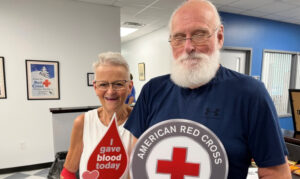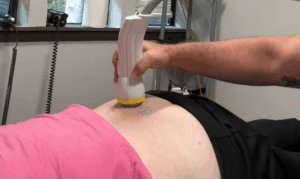On Monday, Mar. 15, a graduate student at Kennesaw State University was found dead in the parking garage on campus. He apparently jumped from the top floor and his death has been ruled a suicide. At Cornell University in New York, three students have committed suicide in just the past month. Last April, a 17-year-old boy in Cleveland killed himself after repeated bullying at school. Any youth death is a tragedy, but when it is a suicide, parents, friends, and loved ones are plagued with questions. They wonder why the teen didn’t ask for help and even more devastating is the fear that they missed a warning sign that might have saved the young person’s life.
Teens are the highest risk age group for suicide. One survey of teens showed that one in five thought about suicide and one in twelve had attempted suicide. Suicide is the third leading cause of death among young people age 15-24 and the fourth leading cause of death among children ages 10-14. It is estimated that for every successful suicide, there are 10 attempts. There are approximately eight successful suicides of every 100,000 teens. That might not sound like a lot unless your child is one of those eight.
Thinking about suicide is not uncommon. Most people have thought about it at one time or another. Even very young children think about it, but it isn’t until they are teens that they have the cognitive ability to think up a reasonable suicide plan and prior to their teen years, children lack the freedom and resources they need to successfully commit suicide. By age thirteen or fourteen, these limitations have been eliminated for most teens.
Making matters worse is the fact that teens often have very stressful lives, but a limited ability to cope with those stressors. They are cognitively capable of understanding that the problems they face will eventually go away, but they are not emotionally capable of managing their pain. Therefore, a major crisis today is overwhelming. Divorce of parents, a breakup with a girl or boy friend, humiliation at school, and bullying are all problems that can seem too big to manage and suicide is often seen as a legitimate option.
There are a number of warning signs that parents, teachers, coaches, and friends can look for in a high risk teen. Among them are: fascination or preoccupation with death, giving away of personal possessions, talk of finality, statements of intent to harm oneself, self-destructive or risk-taking behaviors, changes in personal hygiene, hopelessness, depression, substance abuse, isolating oneself, and suicidal attempts.
The good news is that one study showed as many as eight in ten teens who committed suicide asked for help prior to their suicides. This indicates that they most likely want help and will ask for it if people listen. A common belief is that suicide attempts, if they are feeble, or statements of intent to kill oneself are simply attempts to gain attention. Of course they are. The person is asking for help and if they are not taken seriously, the urge to make a bolder statement sometimes is the only option one sees.
If you know someone who is at risk for suicide or if you fear someone is thinking about it, ask the person directly. In over 20 years of practice I’ve asked the question hundreds of times and always gotten an honest response. Most people don’t want to die. Suicide is a last resort and the troubled person usually wants to find a better solution.
For the person who indicates he or she is seriously considering suicide, professional intervention is important. Call a professional counselor. Often treatment is relatively simple and it doesn’t have to be long-term or expensive. In the most extreme cases, medication or residential treatment may be necessary, but managing suicidal teens is regularly done as out-patient status and medication is not always necessary.
A teen’s suicide is no one’s fault except the one who commits the act, but when parents stay engaged with their teens, when they look for warning signs, and when they intervene when they can, the likelihood of suicide is greatly reduced.












Leave a Comment
You must be logged in to post a comment.